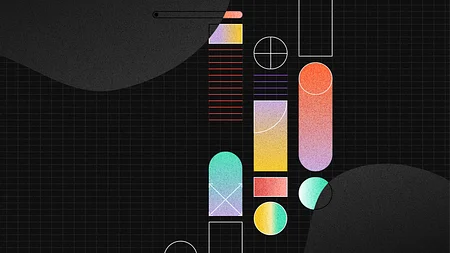Why are there so many bad user experiences?
One thing we hear a lot about here at 11:FS is how frustrating bad user experiences can be. Especially when trying to complete finance-based tasks – it’s not ideal considering the impact that these tasks can have on our everyday lives.
So, with that in mind, we considered the following scenario: we have a task that needs completing via our financial platform and when we set out to achieve this core task we run into friction which either slows progress or – worse still – prevents us from completing the task altogether. We came up with a report which analysed these scenarios and thinks about how others have successfully dealt with what we consider the core responsibilities of a finance platform. Usually, we showcase complete or ‘happy’ journeys on our market research platform – 11:FS Pulse – so there was a need for us to dive straight into the app world, and to break whatever journeys we could get our hands on to find out which brands dealt with our mishandling best.
There are a number of core tasks that are essential for those using financial products in 2018. This report sets out to explain how we think they should be approached by service providers: first, the process by which a user onboards to an account; second, logging into an account on an alternative device; third, the process of blocking a card that may have been lost or stolen; and finally, making a payment. We will provide examples of poor user experiences for each task, and then showcase an example of best practice, so you can see how these experiences should be built.
 We look at different methods for identifying these points of friction using both desk-based and user-focused research methods. Each research method gives us a clearer understanding of how they compare to widely accepted usability principles, how a product compares to others in a similar market and why an issue might be occurring in the first place.
We also spoke to a number of key players involved in the development of what we saw as exceptional experiences. They explain why they made the decisions they did to set their experience apart from others and shed some light on the research methods employed to inform the design of their products.
You can find the full research report here and as always, there’s plenty of media available throughout: from GIFs and audio files, to quotes and video footage from our Pulse platform.
Get in touch if you have any thoughts about the research or any suggestions for what we should write about next in the UX research/design space.
We look at different methods for identifying these points of friction using both desk-based and user-focused research methods. Each research method gives us a clearer understanding of how they compare to widely accepted usability principles, how a product compares to others in a similar market and why an issue might be occurring in the first place.
We also spoke to a number of key players involved in the development of what we saw as exceptional experiences. They explain why they made the decisions they did to set their experience apart from others and shed some light on the research methods employed to inform the design of their products.
You can find the full research report here and as always, there’s plenty of media available throughout: from GIFs and audio files, to quotes and video footage from our Pulse platform.
Get in touch if you have any thoughts about the research or any suggestions for what we should write about next in the UX research/design space.
 We look at different methods for identifying these points of friction using both desk-based and user-focused research methods. Each research method gives us a clearer understanding of how they compare to widely accepted usability principles, how a product compares to others in a similar market and why an issue might be occurring in the first place.
We also spoke to a number of key players involved in the development of what we saw as exceptional experiences. They explain why they made the decisions they did to set their experience apart from others and shed some light on the research methods employed to inform the design of their products.
You can find the full research report here and as always, there’s plenty of media available throughout: from GIFs and audio files, to quotes and video footage from our Pulse platform.
Get in touch if you have any thoughts about the research or any suggestions for what we should write about next in the UX research/design space.
We look at different methods for identifying these points of friction using both desk-based and user-focused research methods. Each research method gives us a clearer understanding of how they compare to widely accepted usability principles, how a product compares to others in a similar market and why an issue might be occurring in the first place.
We also spoke to a number of key players involved in the development of what we saw as exceptional experiences. They explain why they made the decisions they did to set their experience apart from others and shed some light on the research methods employed to inform the design of their products.
You can find the full research report here and as always, there’s plenty of media available throughout: from GIFs and audio files, to quotes and video footage from our Pulse platform.
Get in touch if you have any thoughts about the research or any suggestions for what we should write about next in the UX research/design space.


